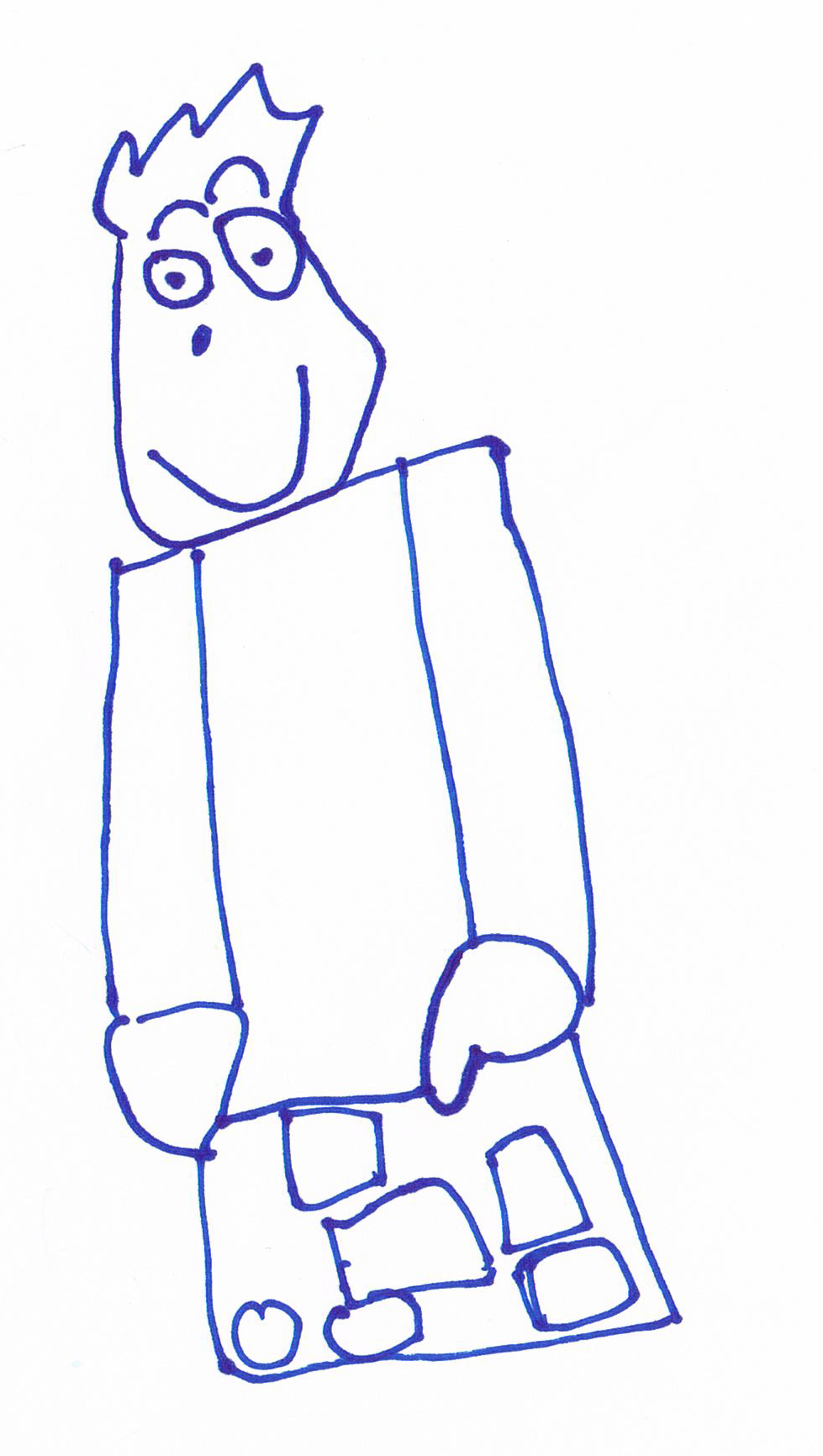Welcome to Our Working GroupThe Hong Kong Society of Child Neurology and Developmental Paediatrics (HKCNDP) AAC working group was formed in 2007, comprising of professionals from different settings with the shared mission of promoting AAC understanding in the field, and its application for persons with complex communication needs. The working group aims to provide a platform for different parties to share information, exchange experience and advocate for AAC service provision in Hong Kong. What is Augmentative Alternative Communication (AAC)?Communication is essential to our daily lives. Persons with complex communication needs have difficulty expressing their needs, thoughts and emotions, and in seeking help efficiently. AAC facilitates social interaction and participation through a range of communication means, including gestures, signs, symbols, pictures, objects and written words, which can be delivered over a variety of platforms ranging from no assistive technology to high technological devices. Persons with complex communication needs include those with developmental disabilities such as intellectual disabilities and autism, acquired communication impairment after brain and physical injury, and congenital and neurological conditions that limit speech and movement. AAC is also helpful in hospital settings to facilitate communication between medical professionals and their patients who have speech difficulties as a result of ongoing illness or invasive intervention. AAC applies to persons across the life span. |
 |
International Society for Augmentative and Alternative Communication (ISAAC) (retrieved Oct 2016).
AAC is a set of tools and strategies that an individual uses to solve every day communicative challenges. Communication can take many forms such as: speech, a shared glance, text, gestures, facial expressions, touch, sign language, symbols, pictures, speech-generating advices, etc. Everyone uses multiple forms of communication, based upon the context and our communication partner. Effective communication occurs when the intent and meaning of one individual is understood by another person. The form is less important than the successful understanding of the message.
American Speech Language Hearing Association (ASHA) (retrieved Oct 2016)
AAC includes all forms of communication (other than oral speech) that are used to express thoughts, needs, wants, and ideas. We all use AAC when we make facial expression or gestures, use symbols or pictures, or write.
People with severe speech or language problems rely on AAC to supplement existing speech or replace speech that is not functional. Special augmentative aids, such as picture and symbol communication boards and electronic devices, are available to help people express themselves. This may increase social interaction, social performance, and feelings of self-worth.
AAC users should not stop using speech if they are able to do so. The AAC aids and devices are used to enhance their communication.
 About Us
About Us